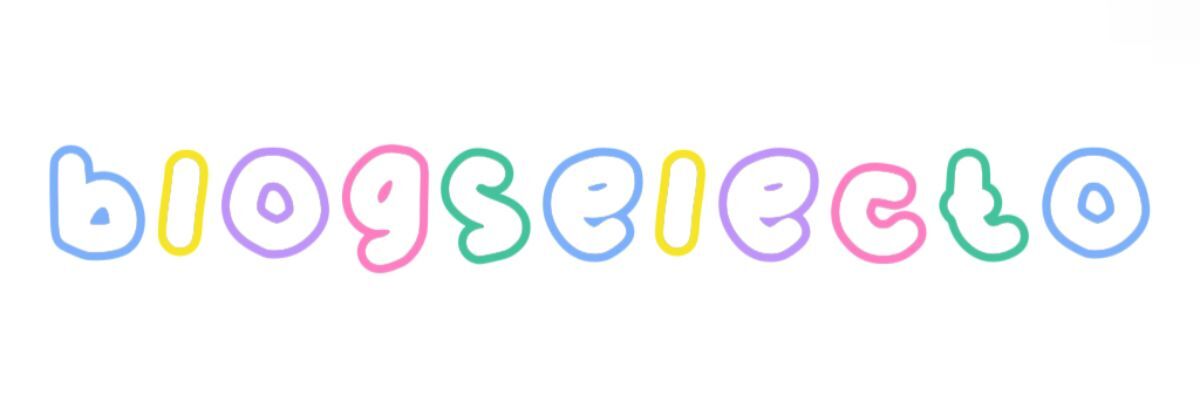Top Applications of FPGA Boards in DSP Education
FPGA boards have become essential tools in the realm of Digital Signal Processing (DSP) education. Their unique structure allows for enhanced learning experiences, particularly for students and educators engaged in this rapidly evolving field.
Want more information on academic fpga board for teaching dsp solutions? Feel free to contact us.
Why Use FPGA Boards in DSP Education?
FPGA (Field-Programmable Gate Array) boards offer significant advantages over traditional DSP solutions. They enable hands-on experience with hardware programming, making abstract concepts more tangible. Here are some benefits of integrating academic FPGA boards into DSP curricula:
- Parallel Processing: FPGAs can process multiple data streams simultaneously, mimicking real-world DSP applications.
- Customizability: Students can create their own algorithms from scratch, promoting a deeper understanding of DSP concepts.
- Real-Time Processing: FPGAs allow for real-time data processing, essential for many modern applications.
Practical Applications of Academic FPGA Boards
1. Audio Processing
One of the most common applications of FPGA boards in DSP education is audio signal processing. Students can explore various algorithms for noise cancellation, echoes, and sound enhancements.
- Example Projects:
- Implementing a digital equalizer.
- Creating a basic synthesizer.
2. Image Processing
FPGAs excel at handling complex image data, making them ideal for teaching image processing techniques. Students can utilize academic FPGA boards for real-time image manipulation.
- Example Projects:
- Building a simple edge detection algorithm.
- Executing image filtering in real time.
3. Communication Systems
In the field of communication systems, FPGAs help students understand modulation techniques, error correction, and the fundamentals of digital transmission.
- Example Projects:
- Designing a simple digital modulator.
- Implementing a basic frequency-shift keying (FSK) system.
Overcoming Challenges in Learning with FPGA Boards
While FPGA-based education offers numerous benefits, students often encounter common obstacles. Here are solutions to frequently faced challenges:
Complexity of Programming:
- Solution: Utilize high-level synthesis tools that convert C/C++ code into HDL, making the design experience less cumbersome.
Resource Limitations:
- Solution: Choose an academic FPGA board with sufficient resources that is readily available to students. Educational discounts may be applied to ease financial concerns.
Lack of Familiarity with Hardware:
- Solution: Combine theoretical lessons with practical labs to bridge the gap between concepts and real-world applications effectively.
Key Features to Look for in FPGA Boards for DSP
When selecting an academic FPGA board for teaching DSP solutions, consider these important features:
- Processing Capacity: Look for boards with sufficient logic elements and high-speed capabilities.
- Memory Options: Adequate on-board memory (RAM and ROM) can significantly enhance project execution.
- Support and Resources: A board that comes with extensive documentation, examples, and community support can streamline the learning process.
Suggested FPGA Boards for DSP Education
| Board Name | Key Features | Target Audience |
|---|---|---|
| Xilinx Zynq-7000 | ARM Cortex A9 + FPGA, dual-core | Advanced students |
| Altera DE2-115 | Nios II processor, rich peripheral support | Undergraduate students |
| Microchip PolarFire | Low power, high performance DSP capabilities | Research and projects |
Conclusion
Academic FPGA boards offer a robust platform for teaching DSP concepts effectively. Their unique capabilities not only enhance theoretical knowledge but also prepare students for real-world applications. By incorporating practical projects, overcoming common challenges, and choosing the right tools, educators can significantly enrich the learning experience.
If you're an educator looking to uplift your DSP curriculum, consider integrating an academic FPGA board for teaching DSP solutions. The future of DSP education is bright, and FPGA boards will continue to play a pivotal role in shaping skilled professionals.
If you want to learn more, please visit our website RF prototyping board for wireless communication research.


